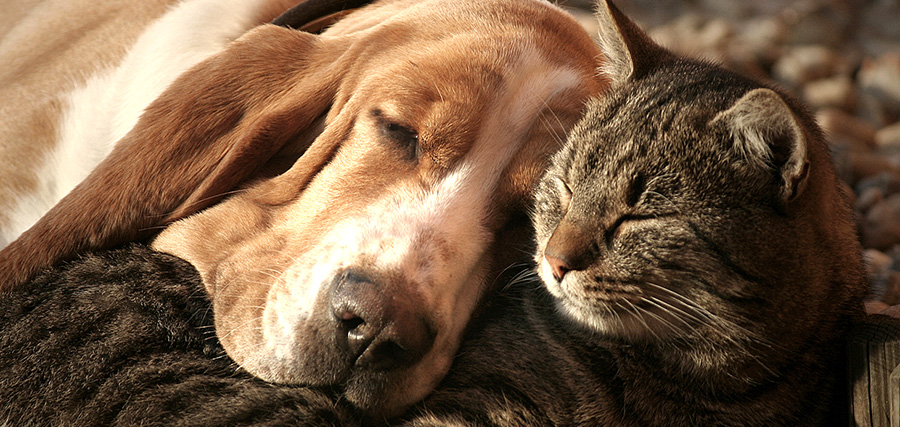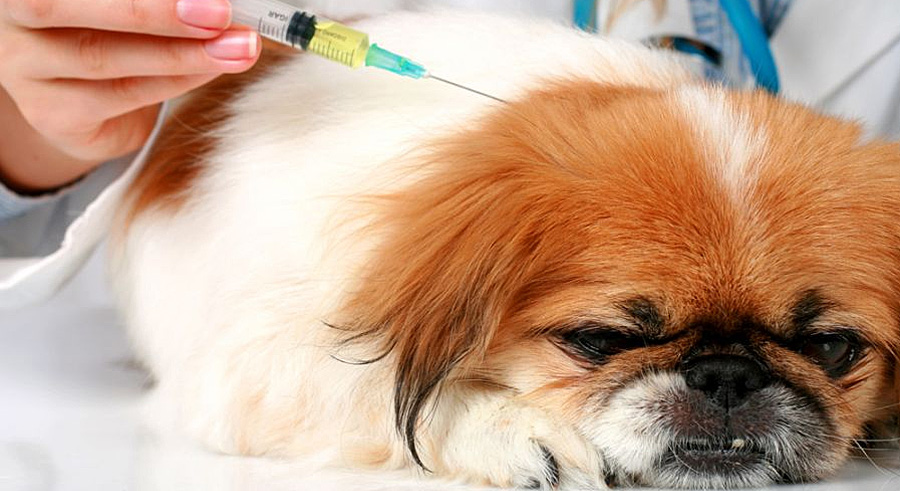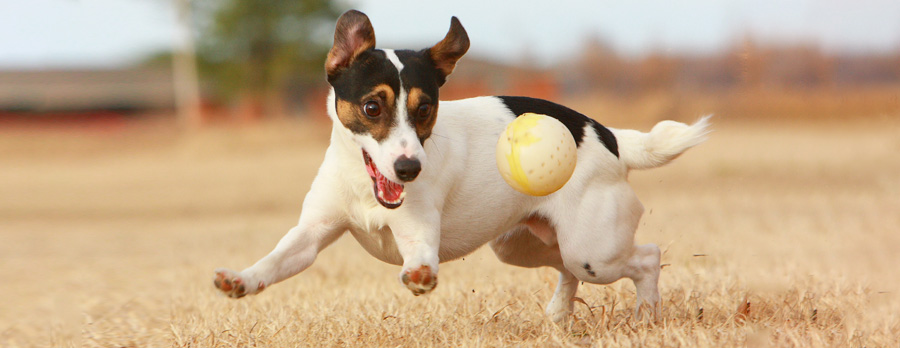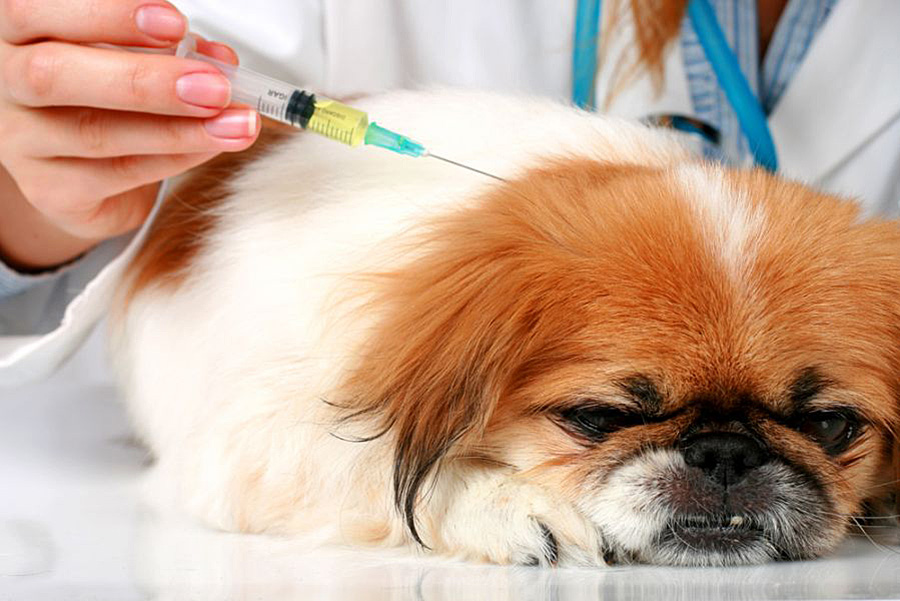National Diabetes Month

What is Diabetes?
First, let’s learn a bit of information about pet diabetes. Just like in humans, there are 2 types or diabetes in pets, which veterinarians typically refer to as insulin dependent and non-insulin dependent. One is caused when the body doesn’t make enough insulin, which is a hormone created by the pancreas that allows glucose (or sugars) to move from the blood stream into cells to create energy. With non-insulin dependent diabetes, the body is making enough insulin, but it can’t utilize the insulin efficiently. This can be caused by high body fat content, chronic cortisone administration, and/or certain hormones such as progesterone (produced during a pet’s heat period).

Signs & Symptoms
The signs and noticeable symptoms of diabetes are very similar in both cats and dogs. They include:
Increased thirst: A pet that has suddenly become excessively thirsty may be exhibiting early signs of diabetes. This can be especially hard to detect if you have multiple pets, but if you feel like you’re filling the water bowl more often than usual, take care to keep an extra eye on the drinking habits of your pets.
Increased urination: A pet with diabetes will have a sudden increase in the volume and frequency of urination. Cats may begin urinating in large amounts outside of the litter pan and dogs may experience a loss of previous house training because they simply cannot hold it. This can also be a hard one to spot if you have multiple animals or a fenced in back-yard that allows your dogs to go outside without supervision, but if you’re noticing increased urgency, a fuller than usual litter pan, or other symptoms of diabetes, take extra care to monitor your pet’s urination habits.
Increased appetite with weight loss: Increased appetite in the face of weight loss is also a diabetes warning sign. If your pet is losing weight but their appetite has noticeably increased, they may be showing signs of diabetes.
Cloudy eyes: Perhaps the most noticeable symptom of diabetes for pet owners is cataracts (or cloudy eyes). This symptom is one that can present itself during varying stages of the disease, depending on the individual pet. If you notice a change in your pet’s eyes, it’s always safe to check-in with your vet.
Other symptoms and consequences of the disease that may not be noticeable to pet owners include: vascular diseases that restrict blood flow to various parts of the body, kidney failure, muscular weakness, and diseases of the nerves that cause an uncomfortable tingling or numb sensation in extremities.

Diagnosis & Management
Diagnosing diabetes is a fairly straightforward process for veterinarians. They will simply run some blood tests to check sugar levels and likely take a urine sample to look for glucose in the urine. To manage your pet’s diabetes, you and your vet will work out a treatment plan to help get your pet back on track. Often this will require blood work and insulin injections to stabilize your pet’s blood sugar levels.
Diagnosing diabetes is a fairly straightforward process for veterinarians. They will simply run some blood tests to check sugar levels and likely take a urine sample to look for glucose in the urine. To manage your pet’s diabetes, you and your vet will work out a treatment plan to help get your pet back on track. Often this will require blood work and insulin injections to stabilize your pet’s blood sugar levels.
Can Diabetes be Prevented?
Although some breeds of pets can have a genetic predisposition to diabetes, you can decrease your pet’s chances by helping them maintain a healthy weight and regular physical activity. Pet obesity can cause diabetes because it affects the body’s ability to utilize insulin, so a healthy diet that encourages a healthy body weight is important. Exercise is another great way to help your pet fight off diabetes because it not only helps control their weight, but it also effects how insulin is used in the body.

For tips on the prevention and treatment of pet obesity from Pets In Need vets, please visit our blog post on Pet Obesity Awareness.

